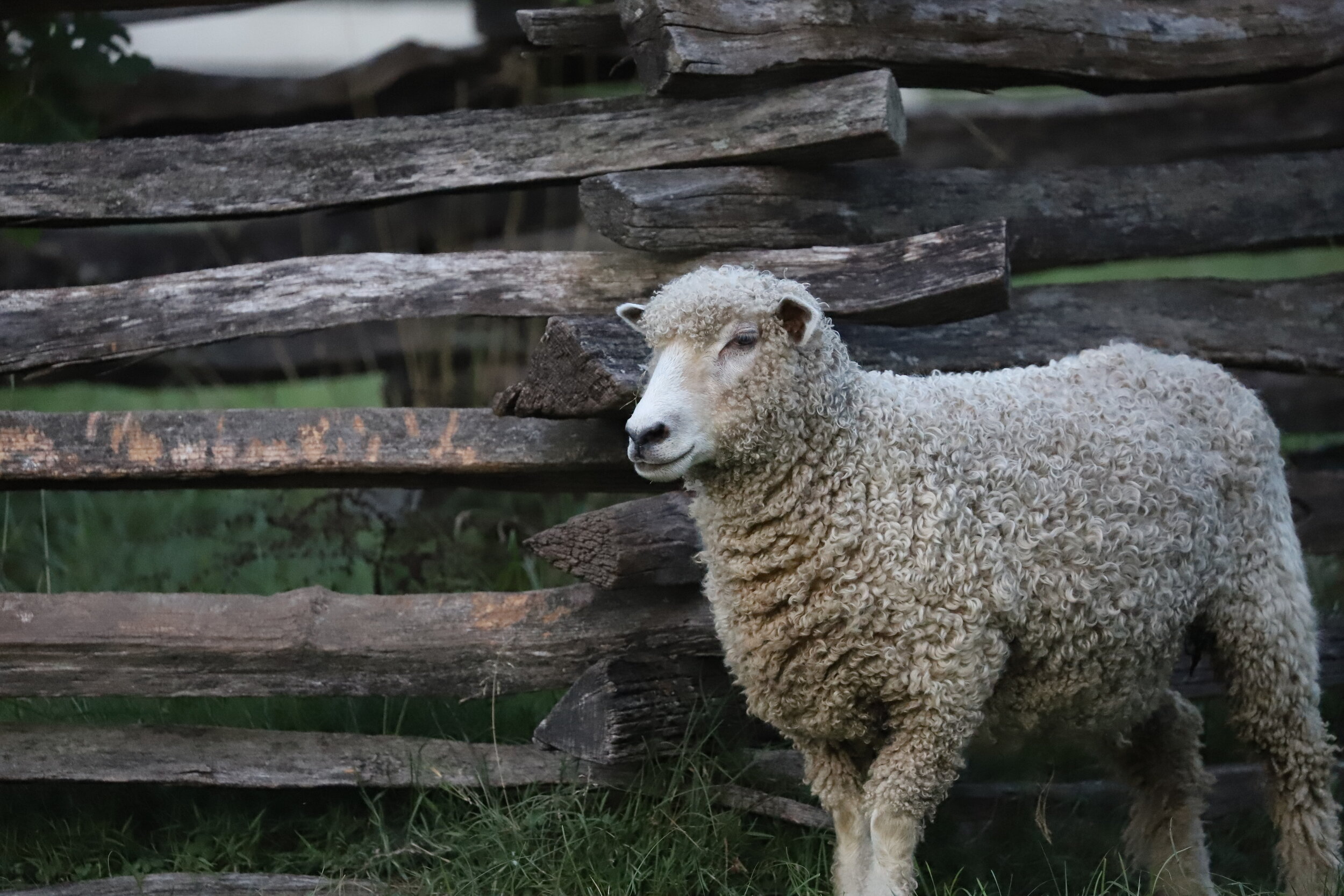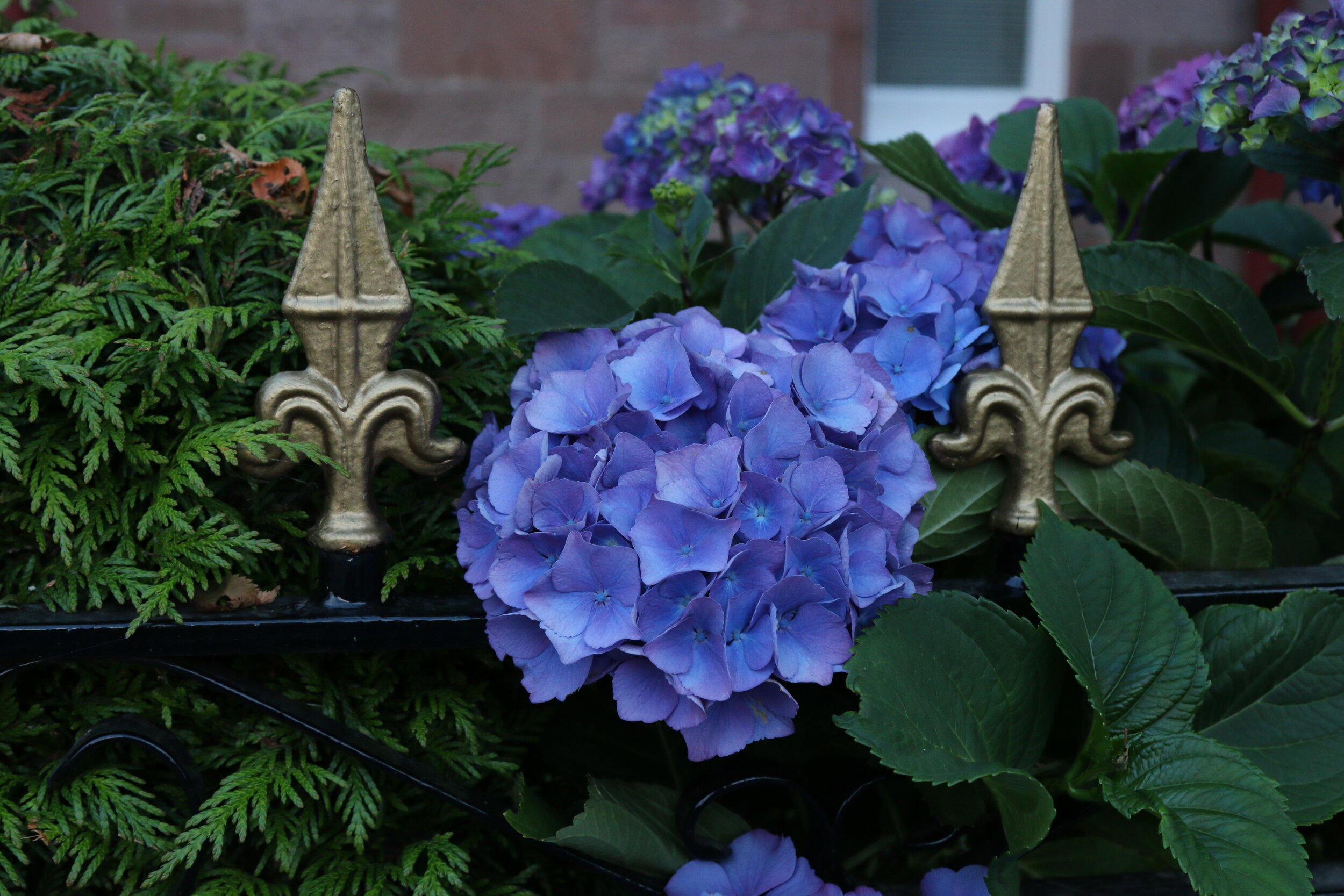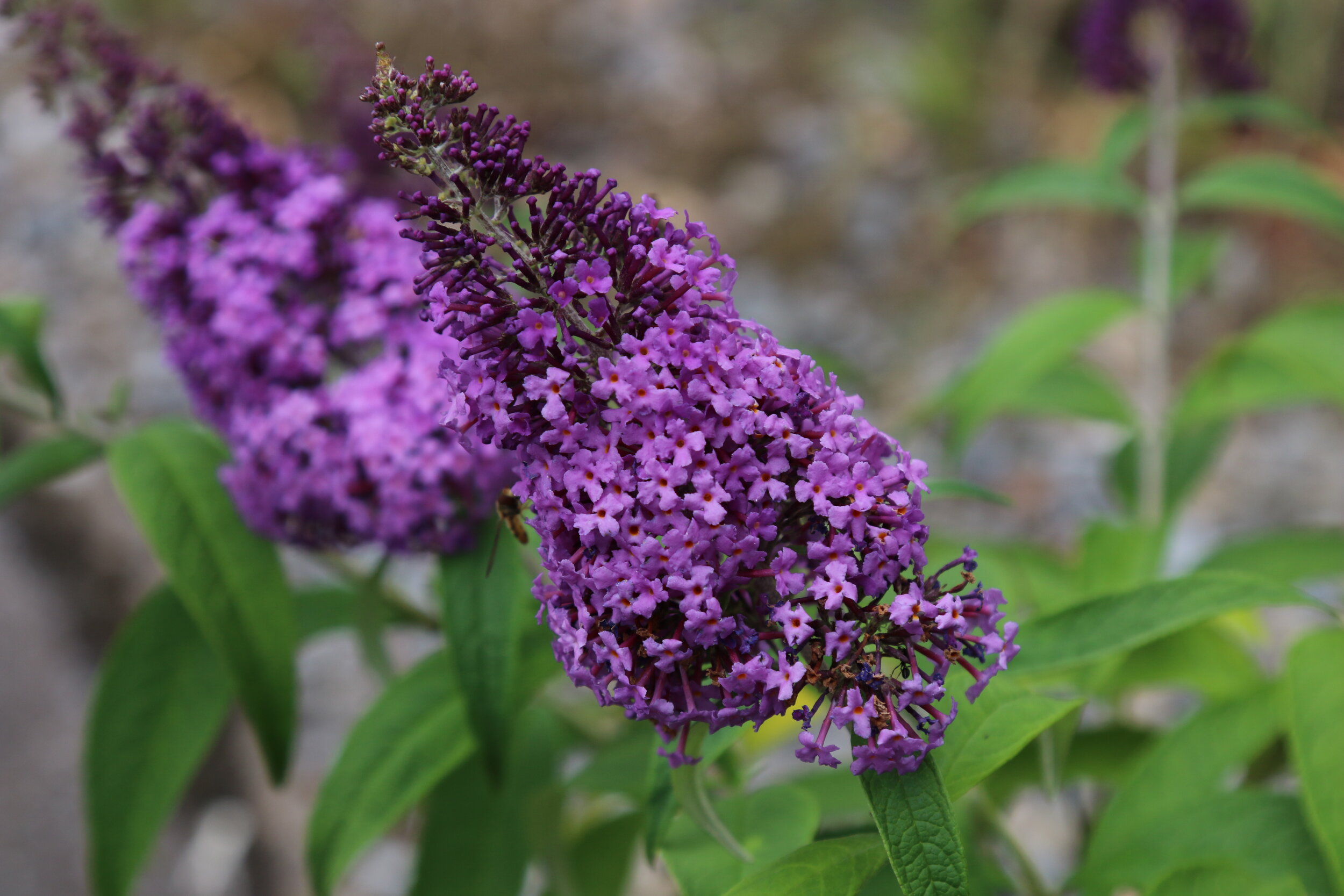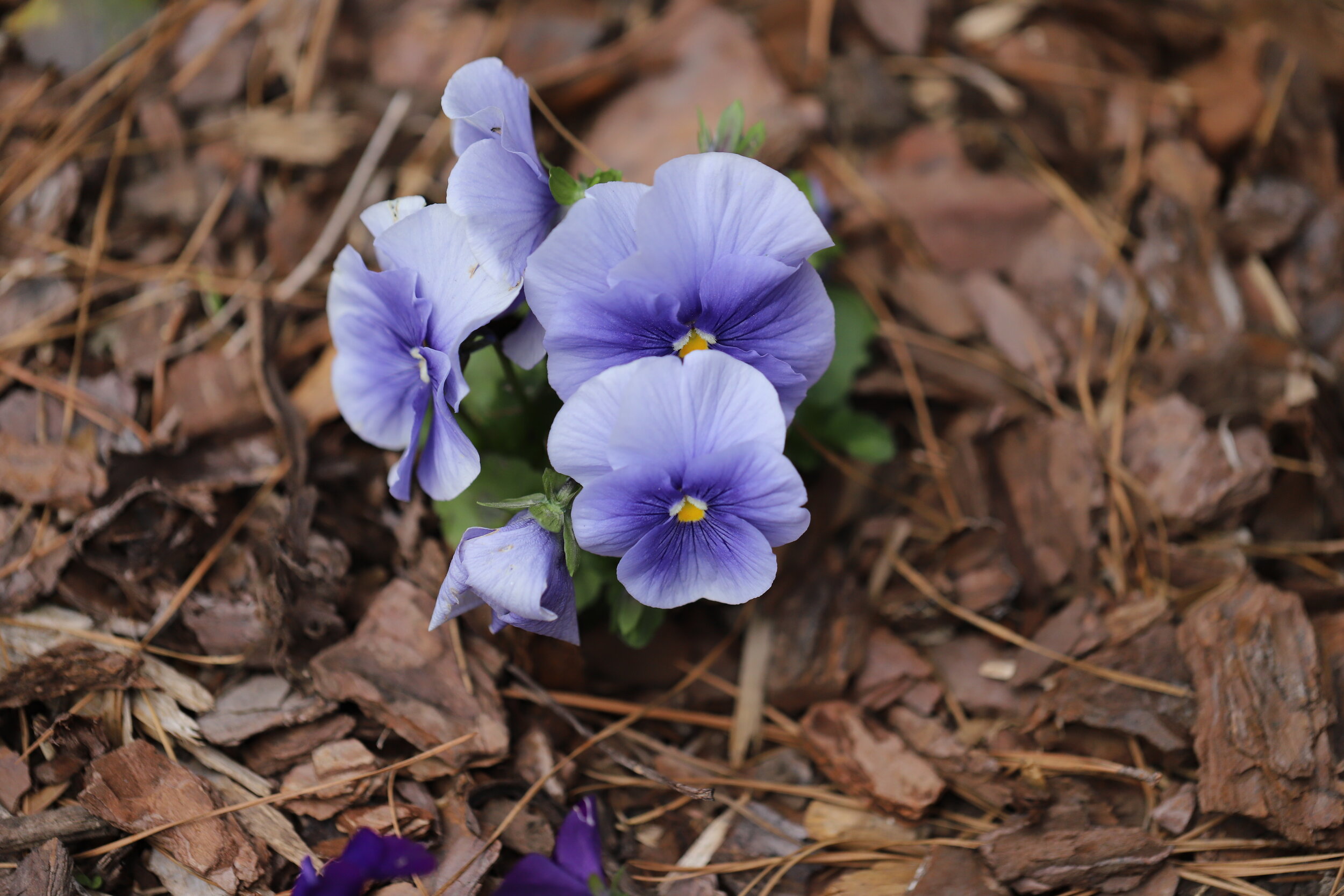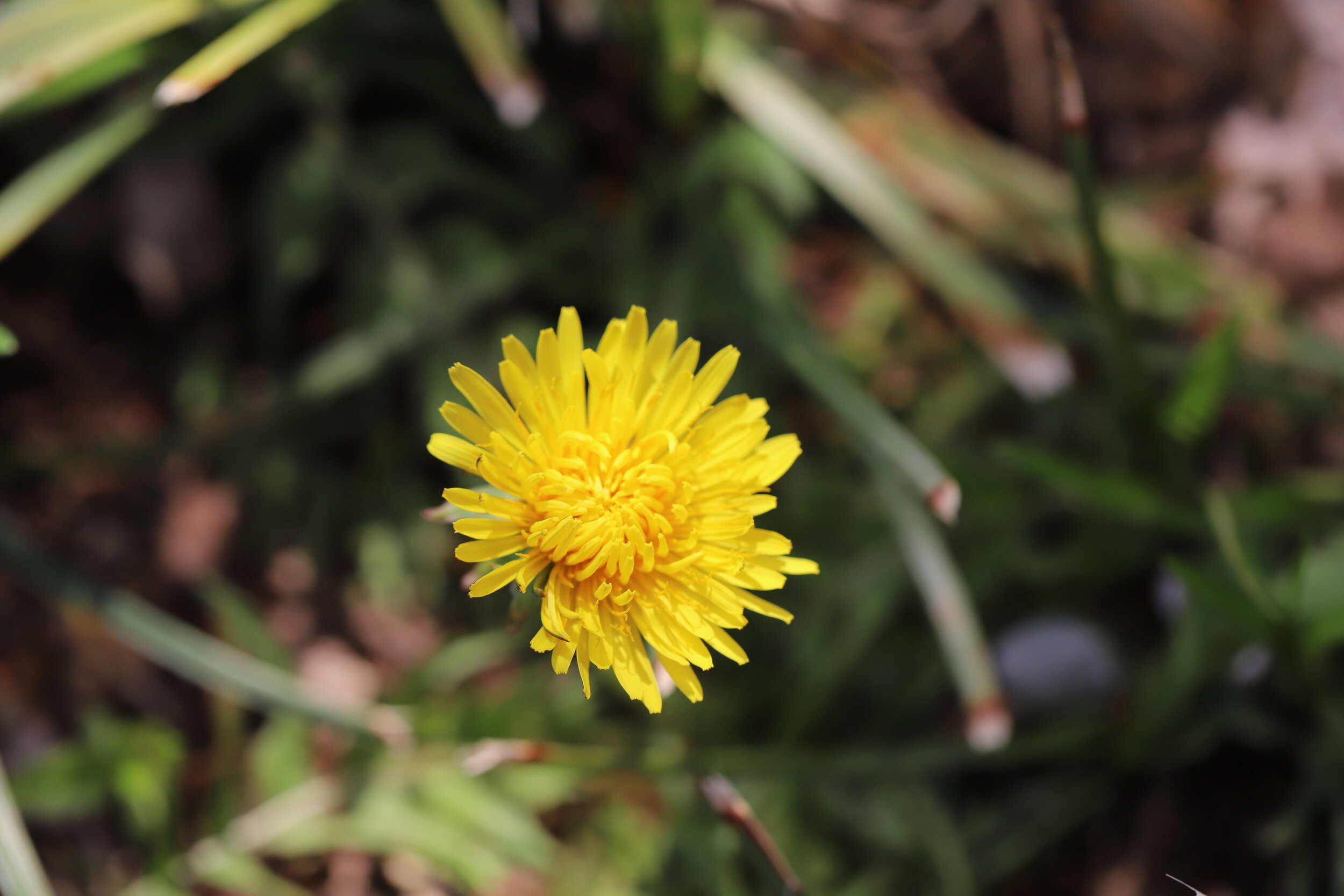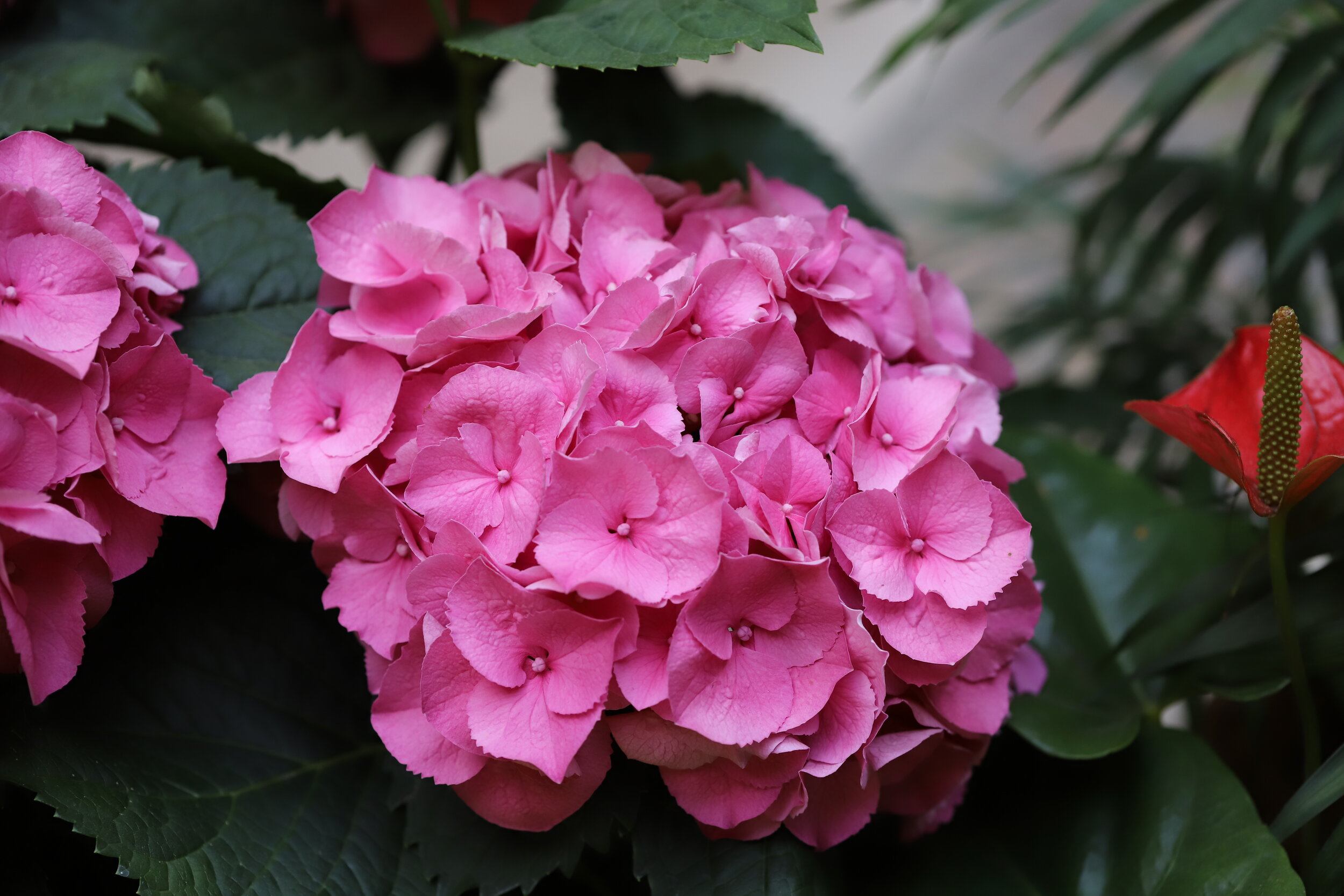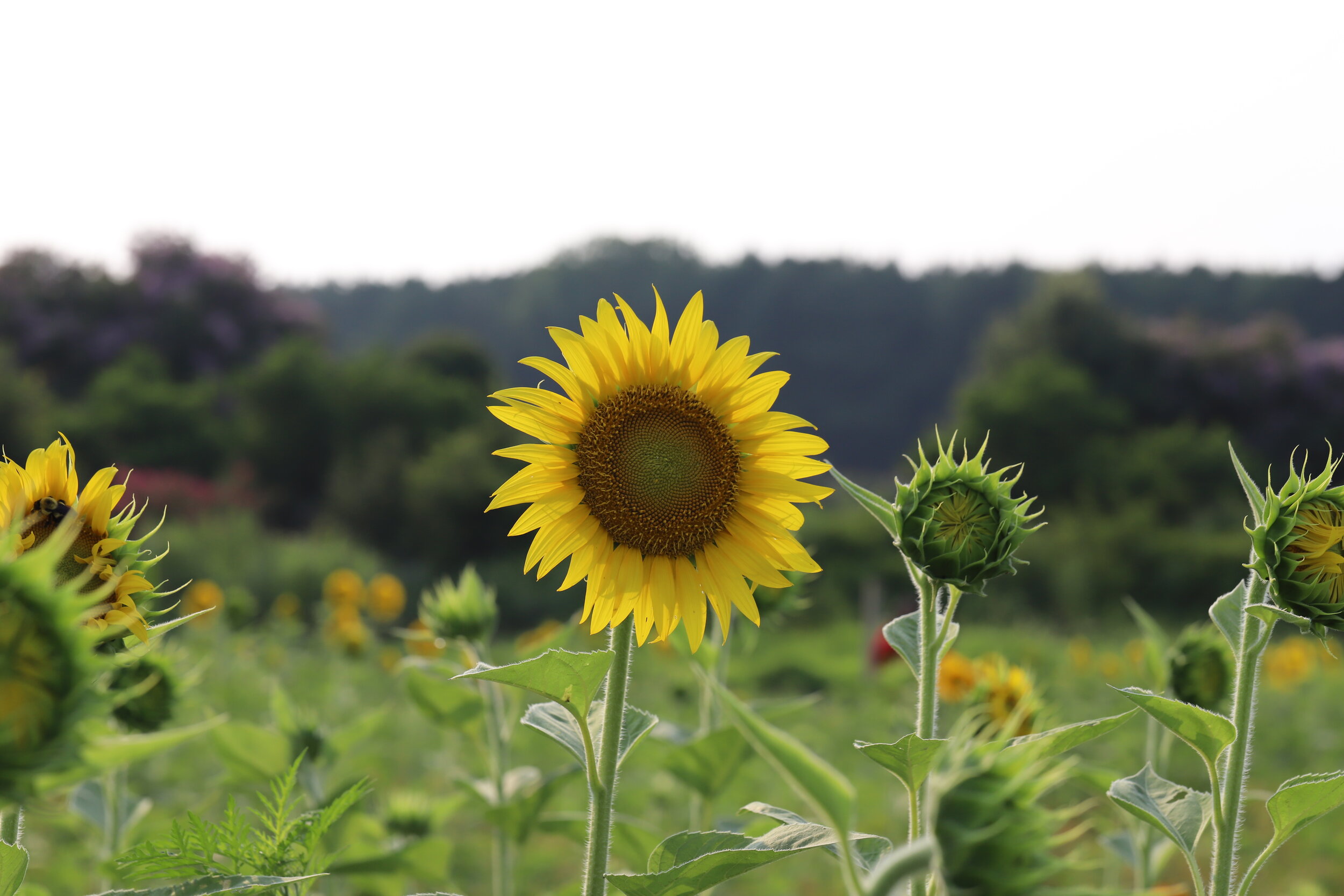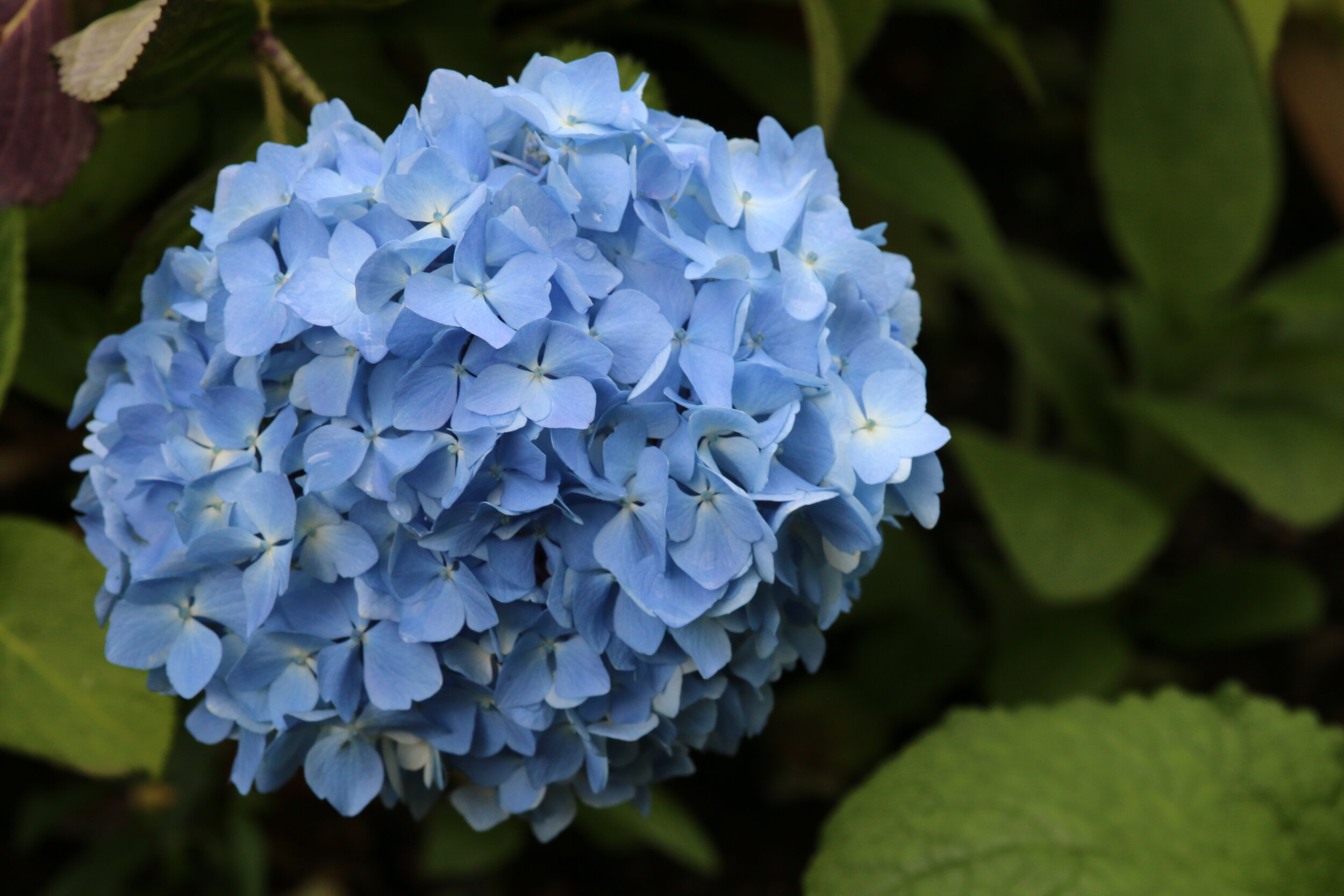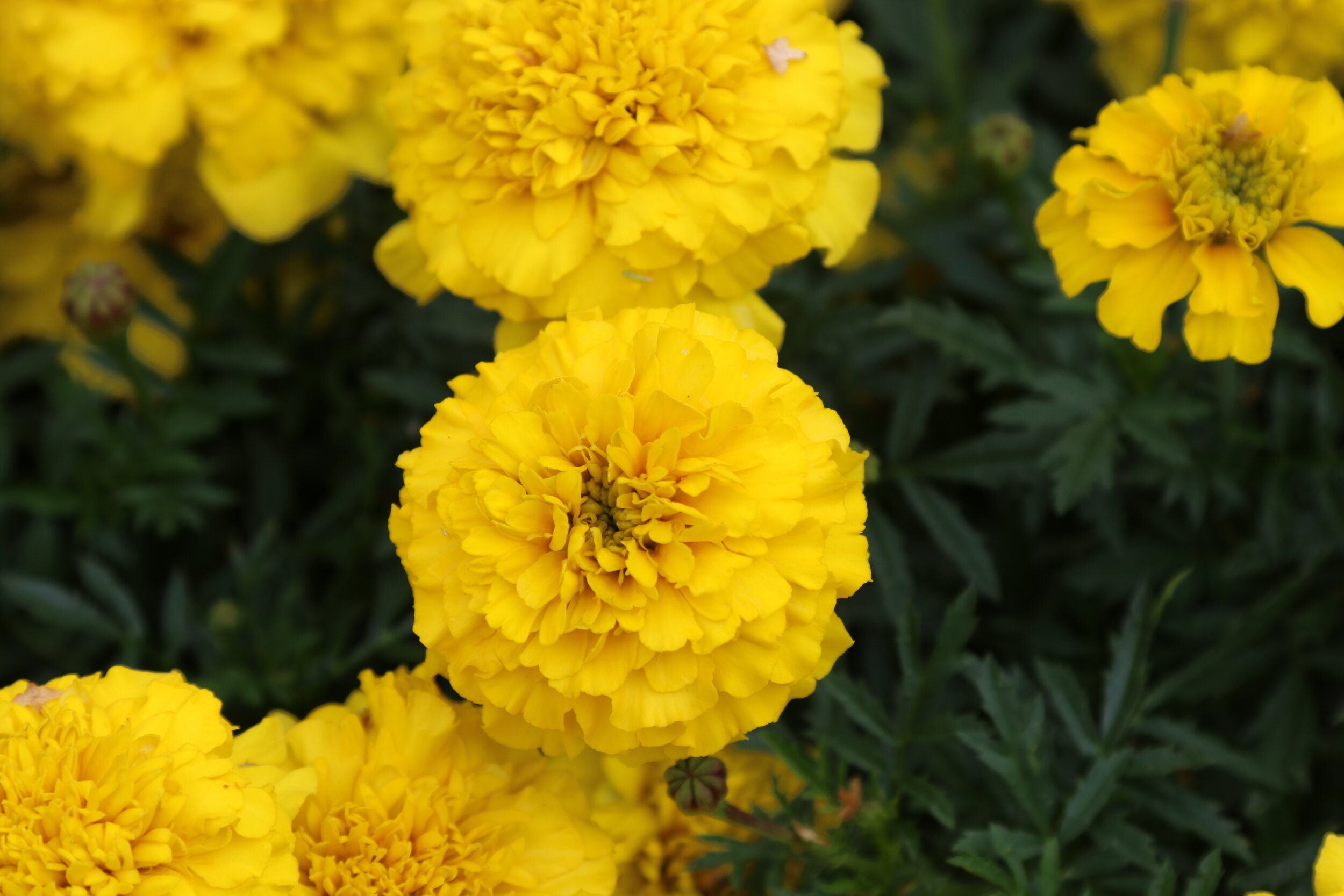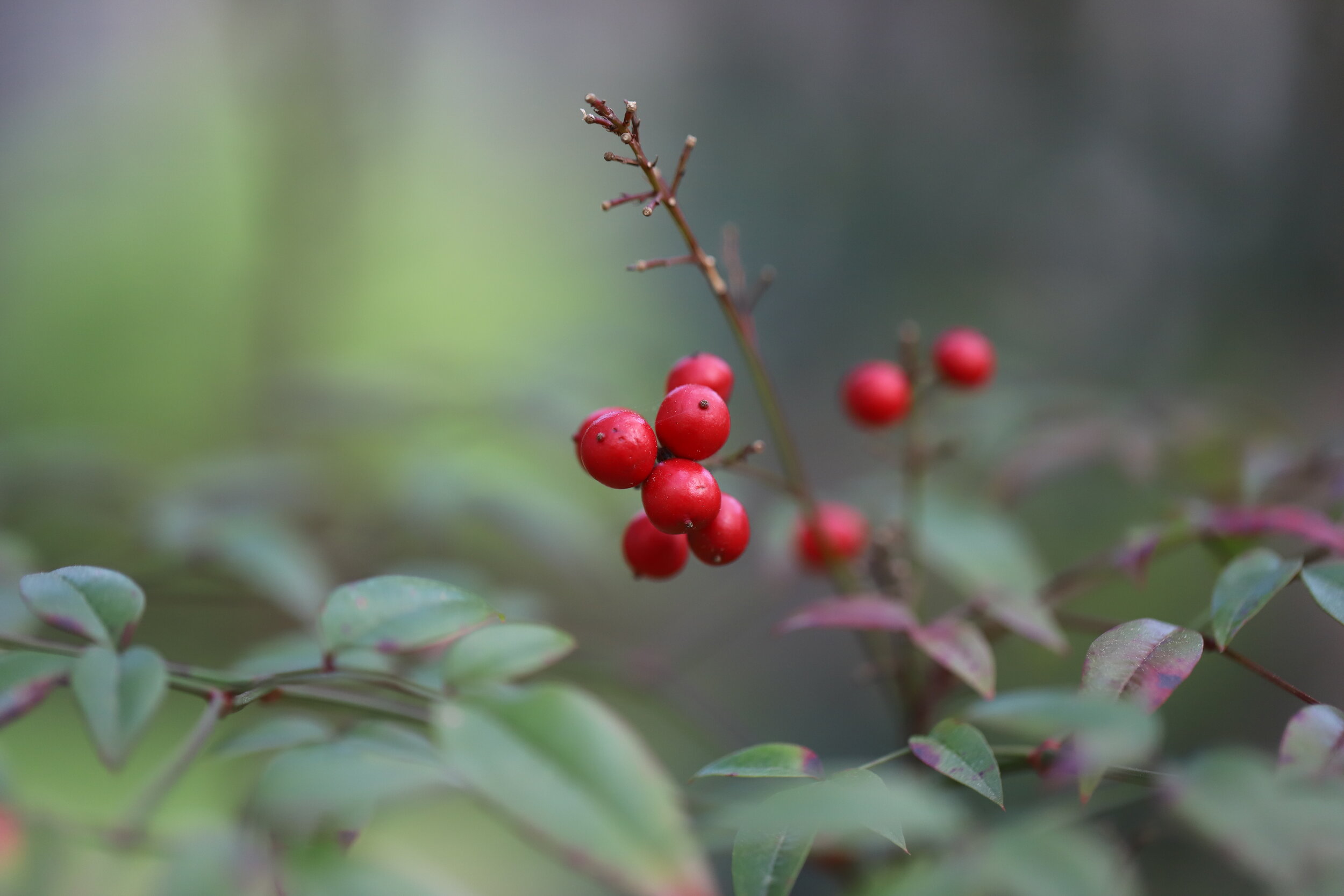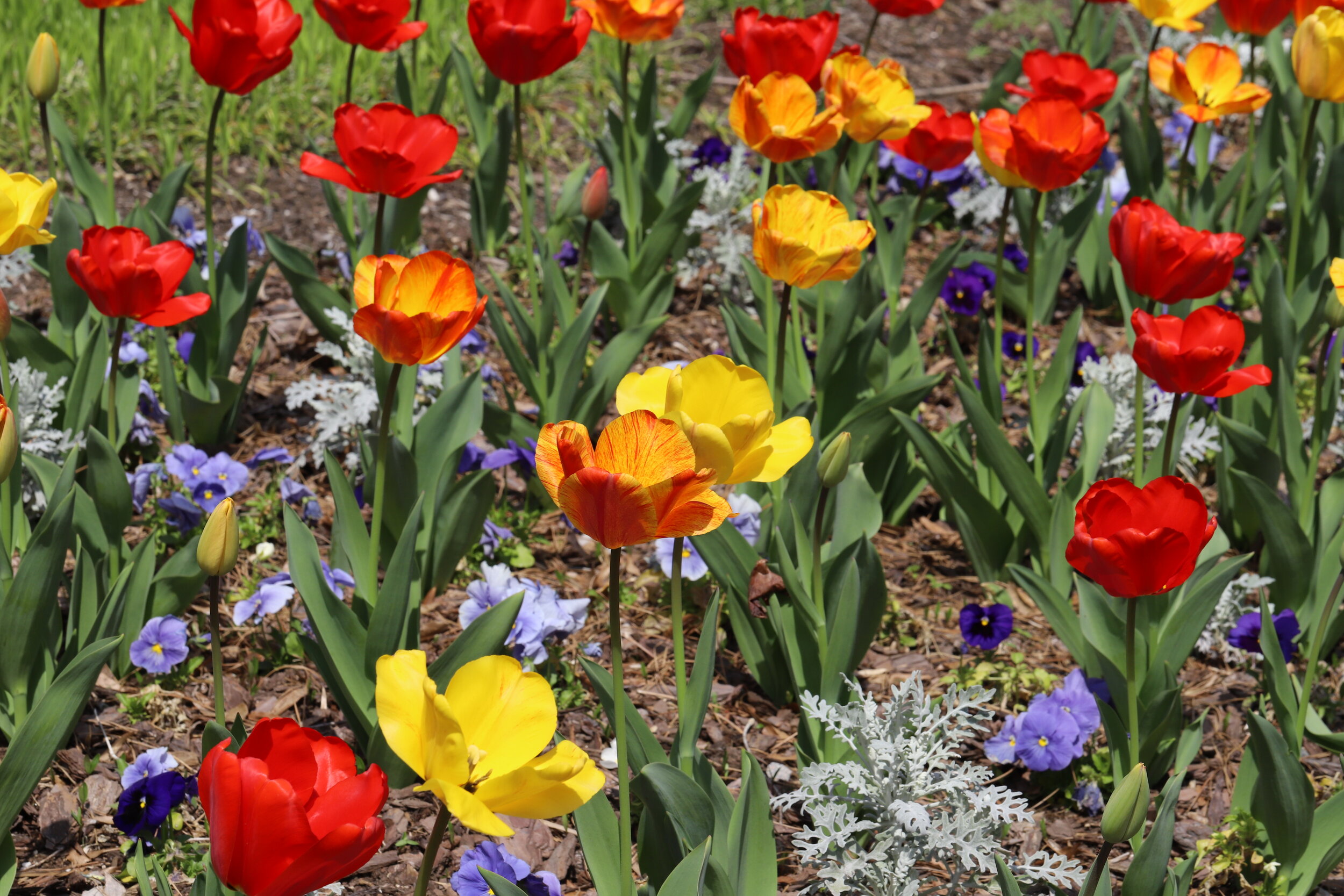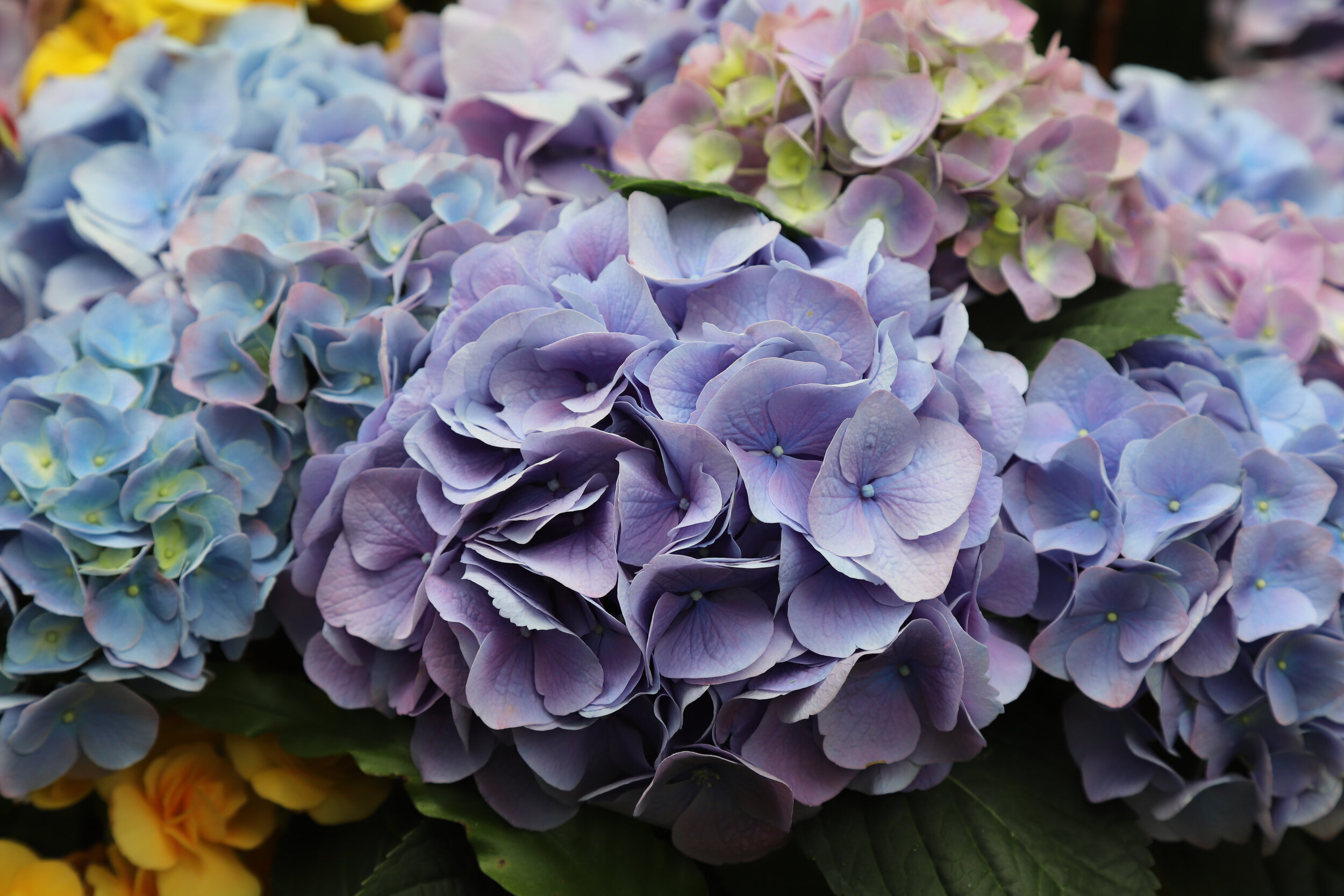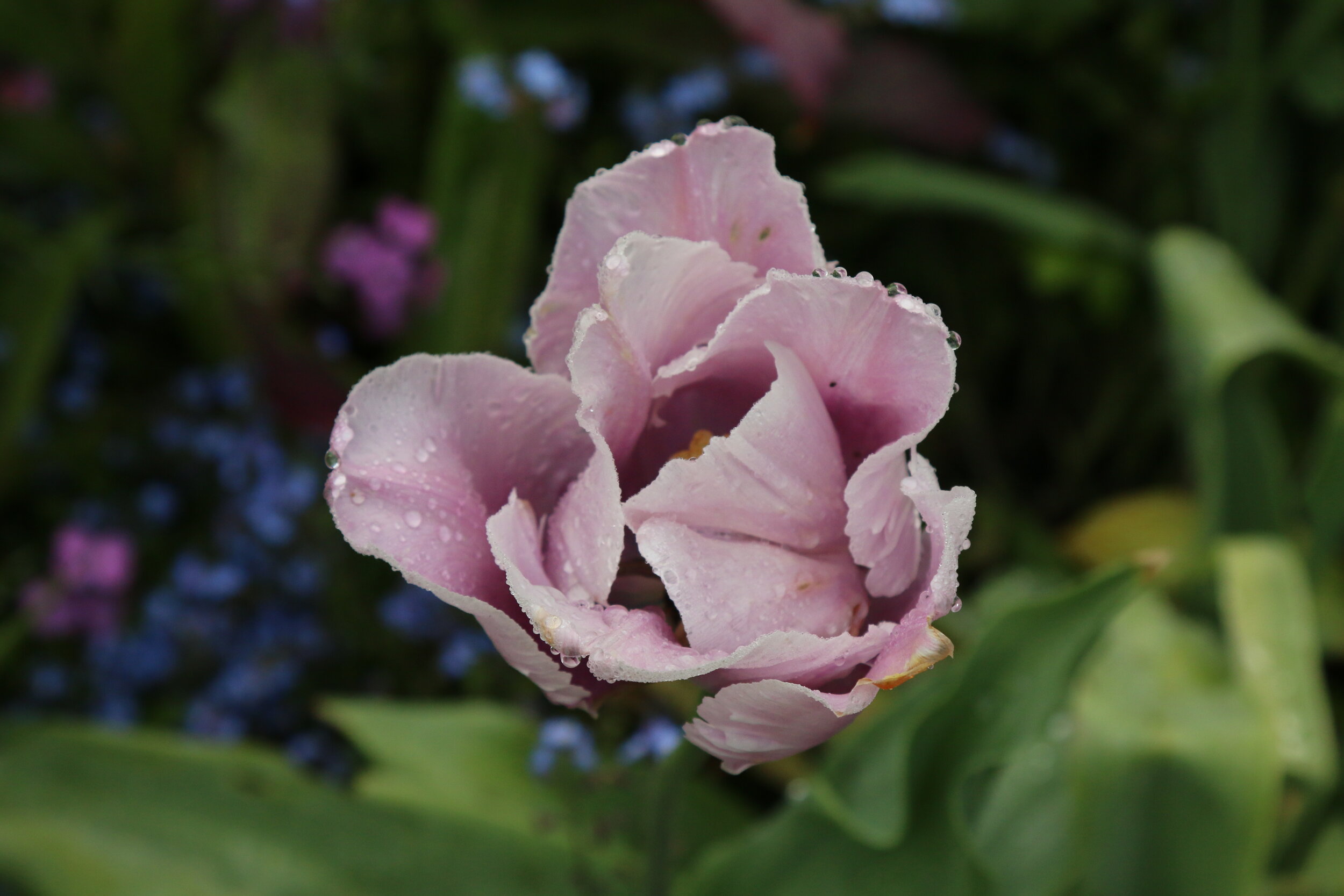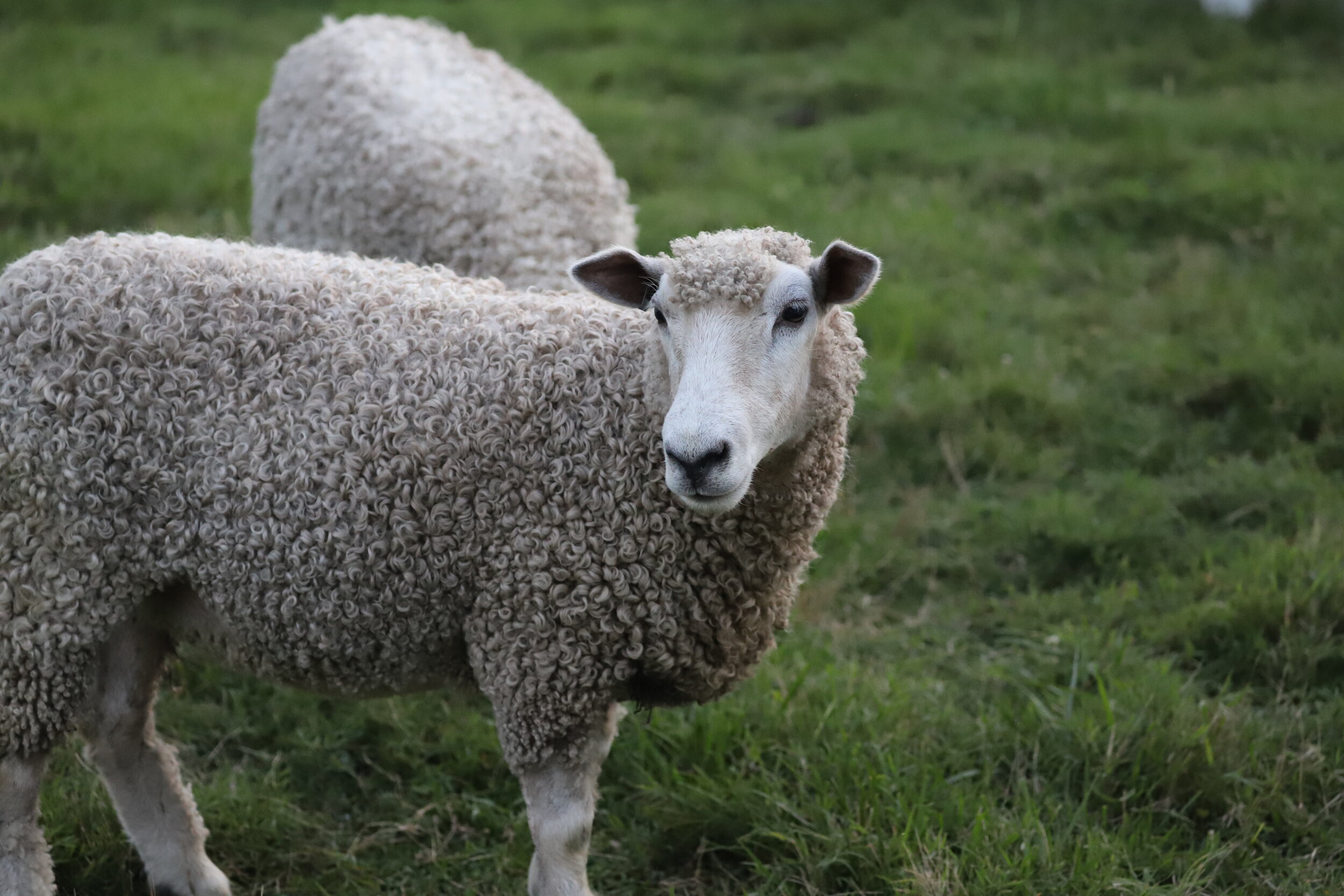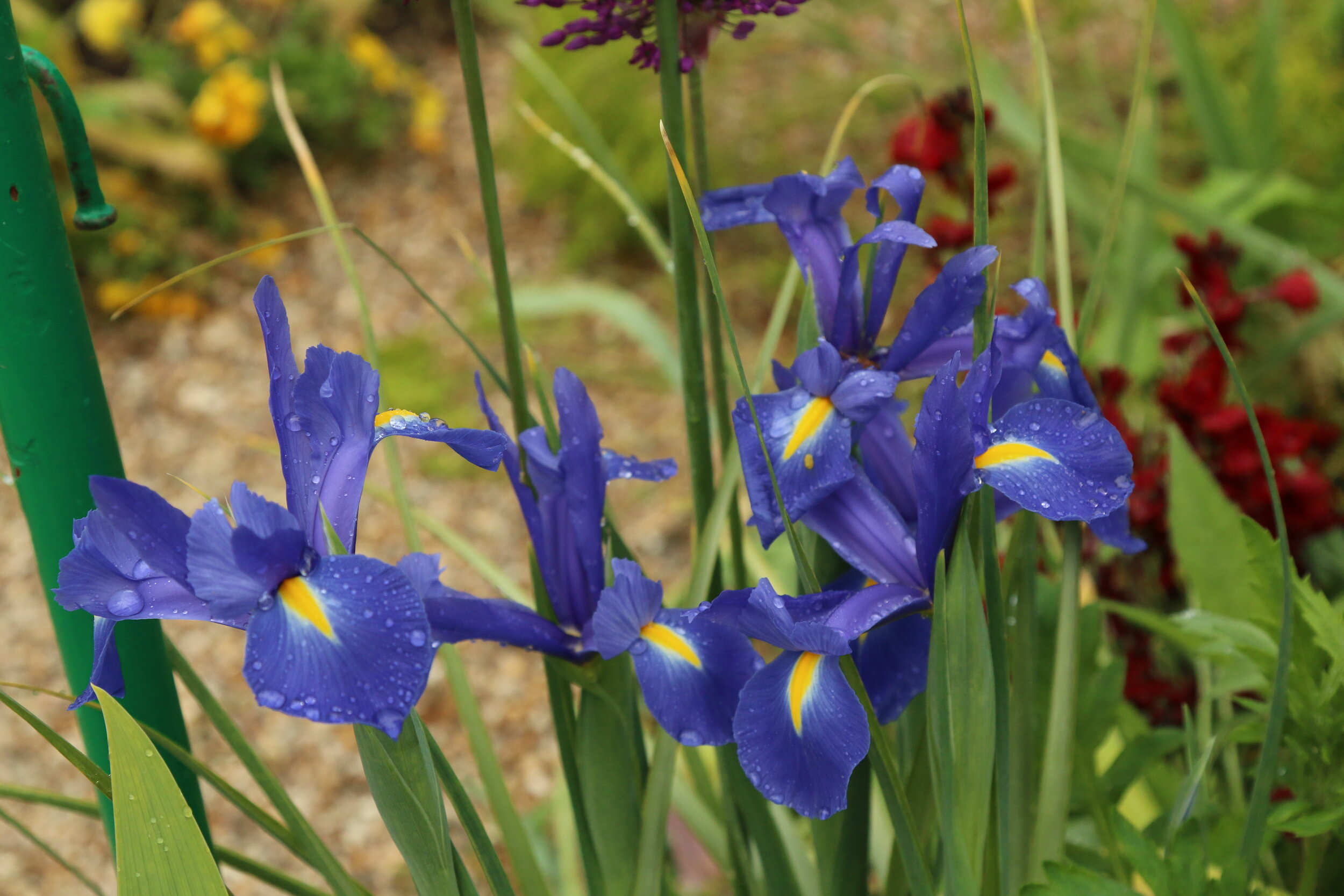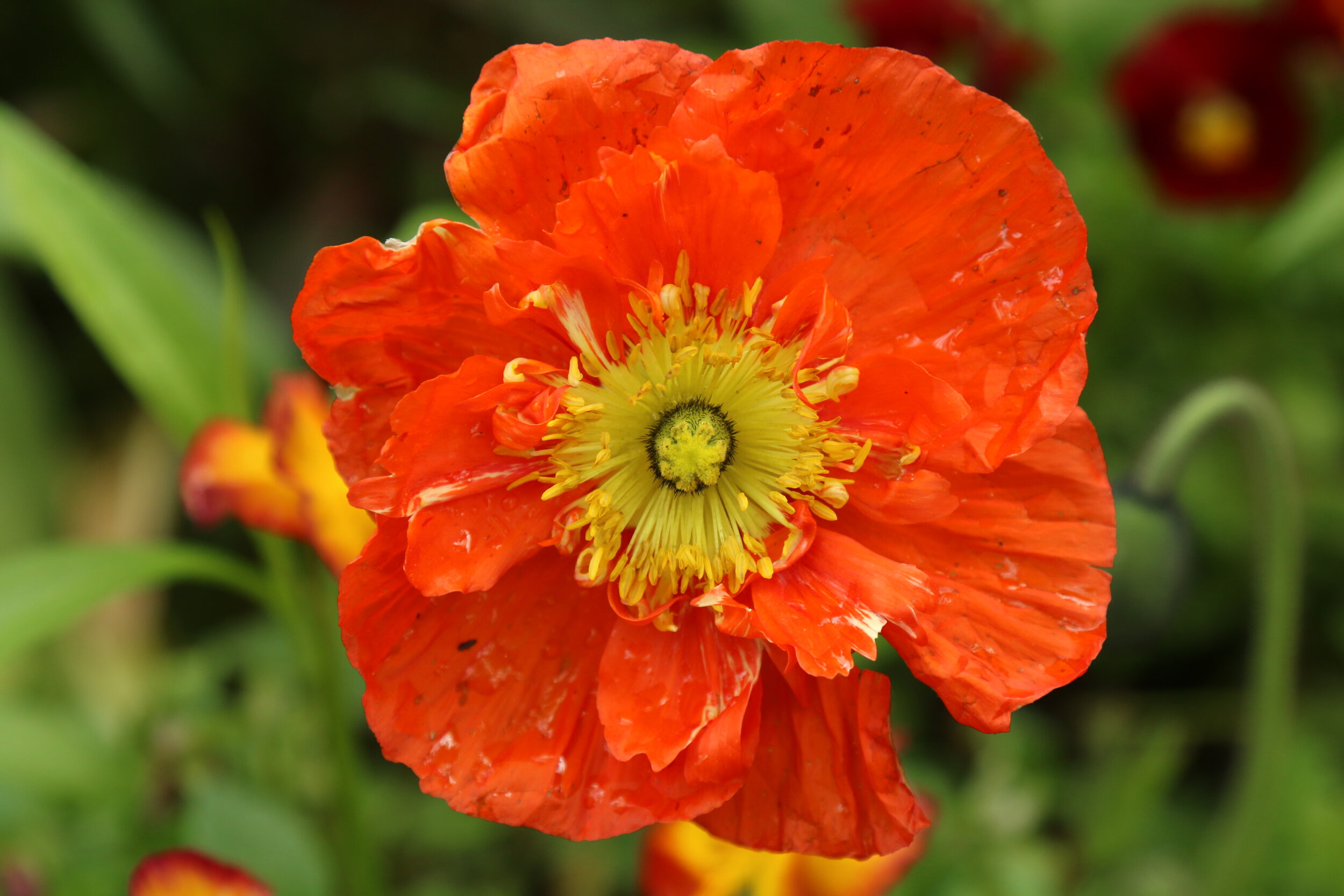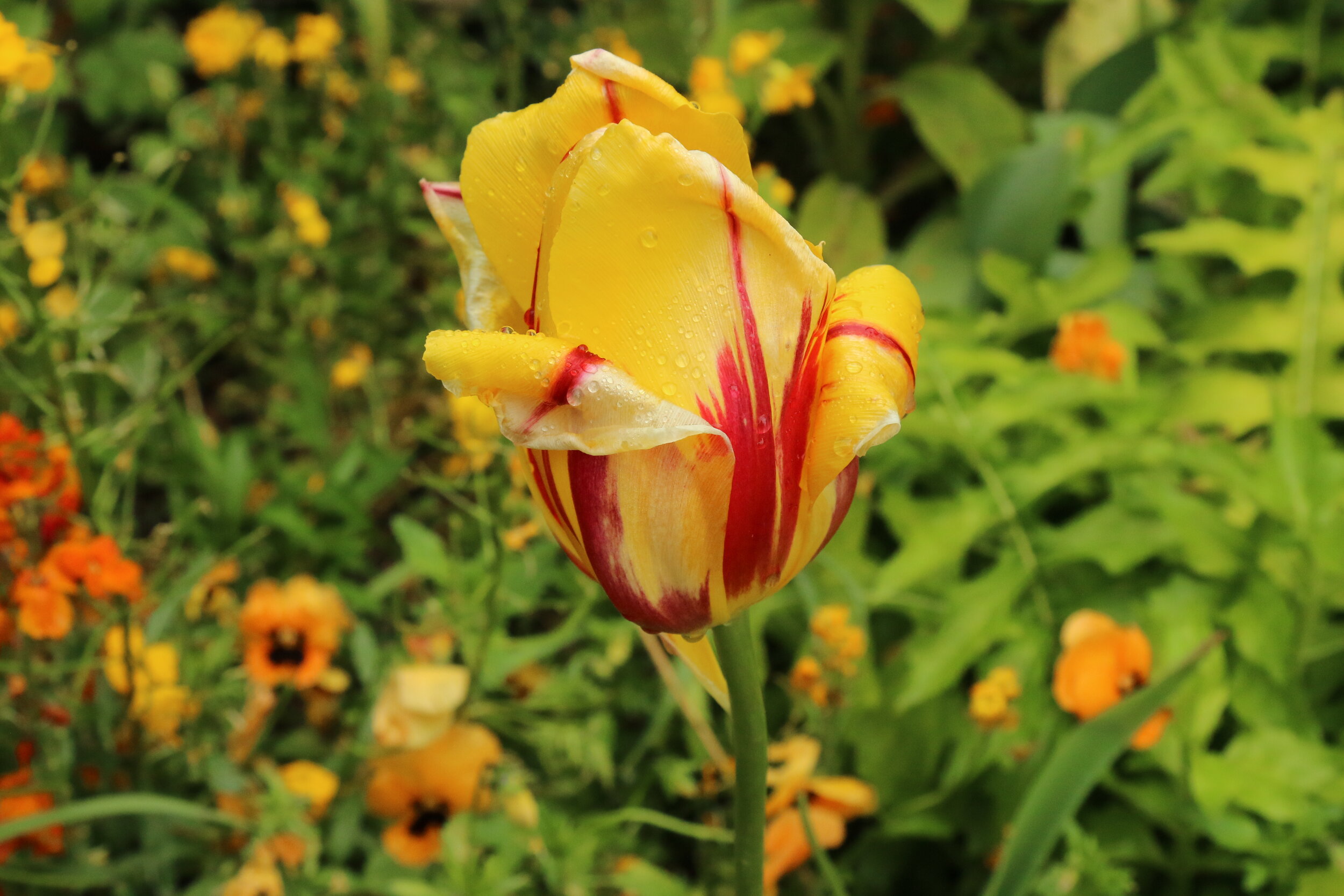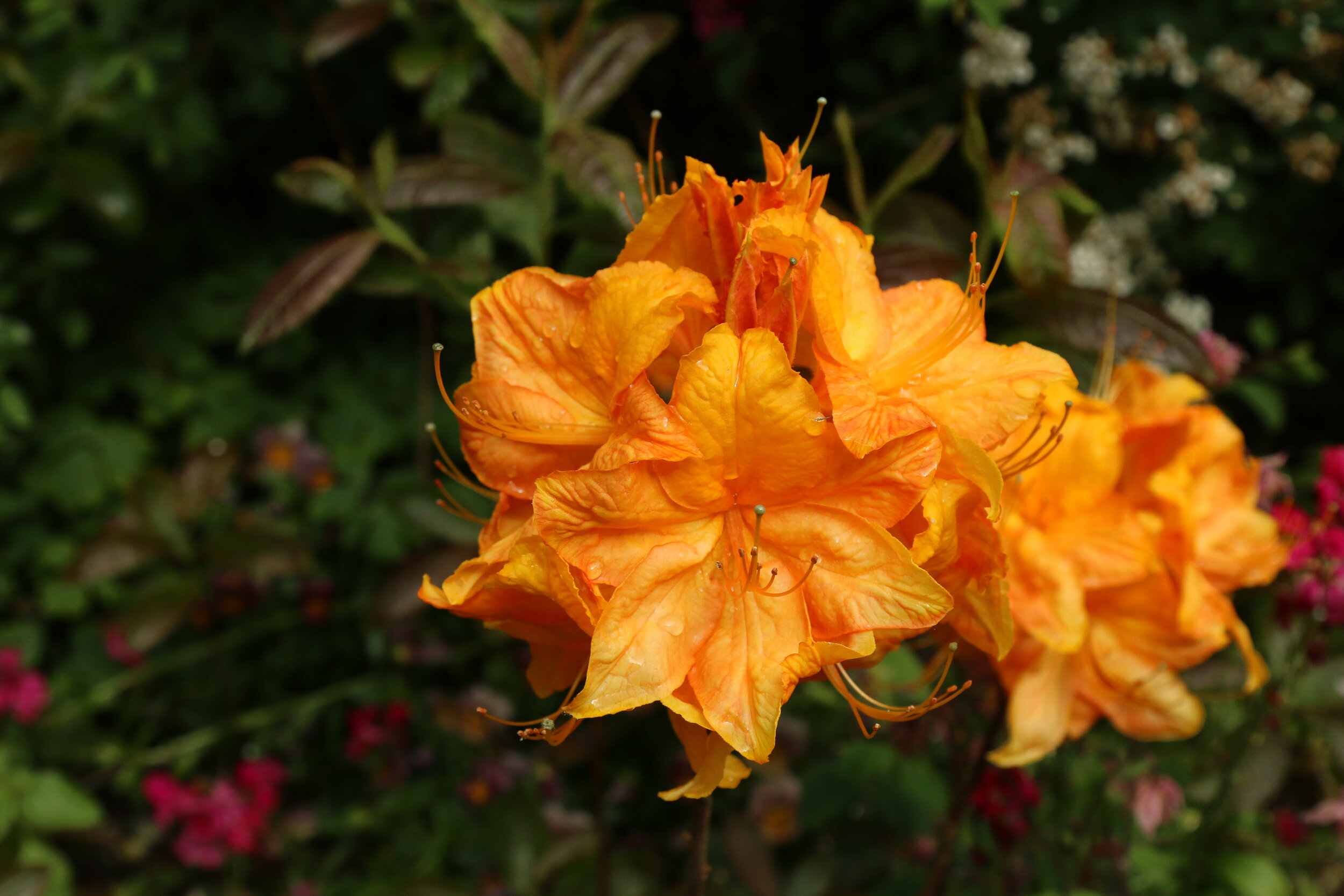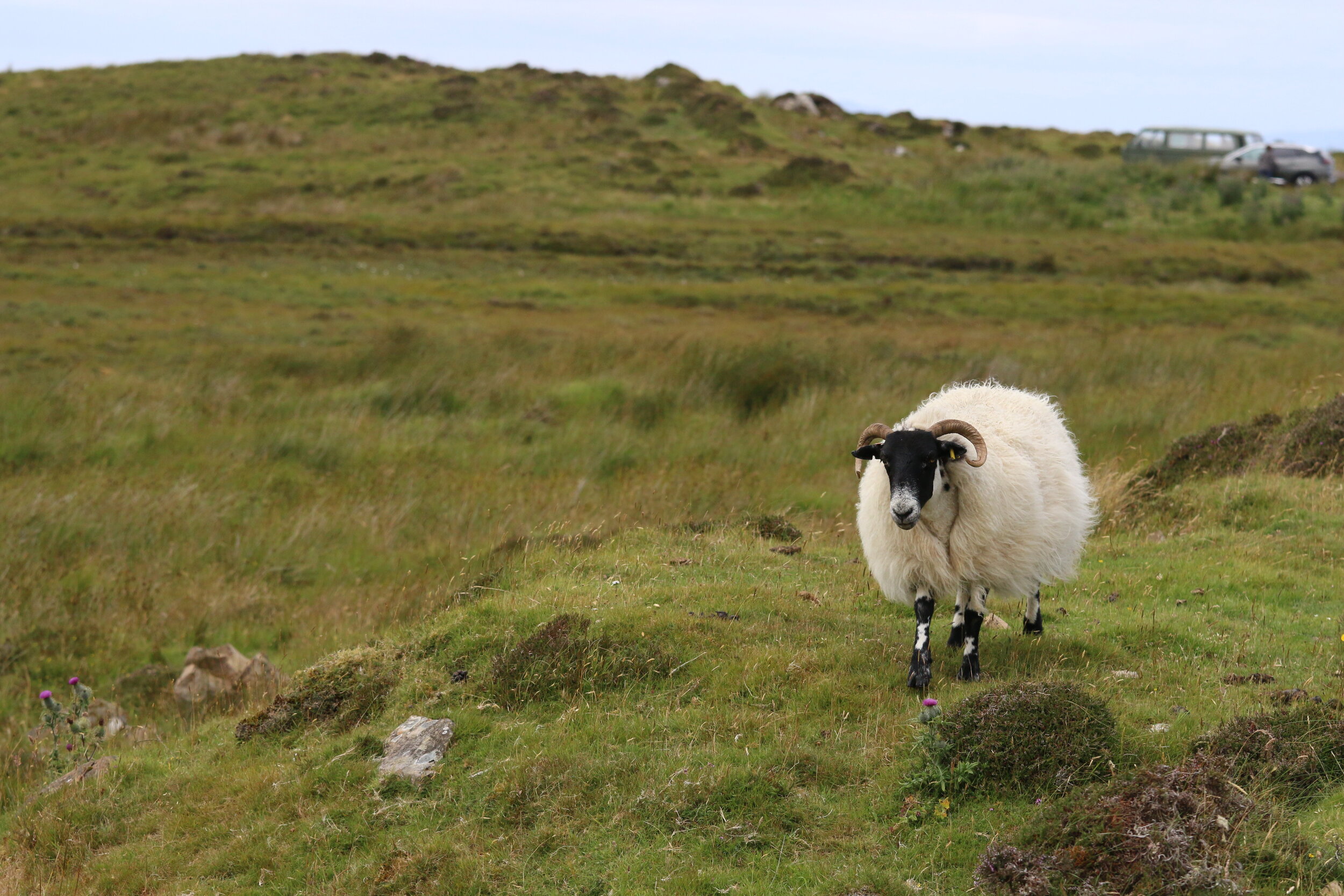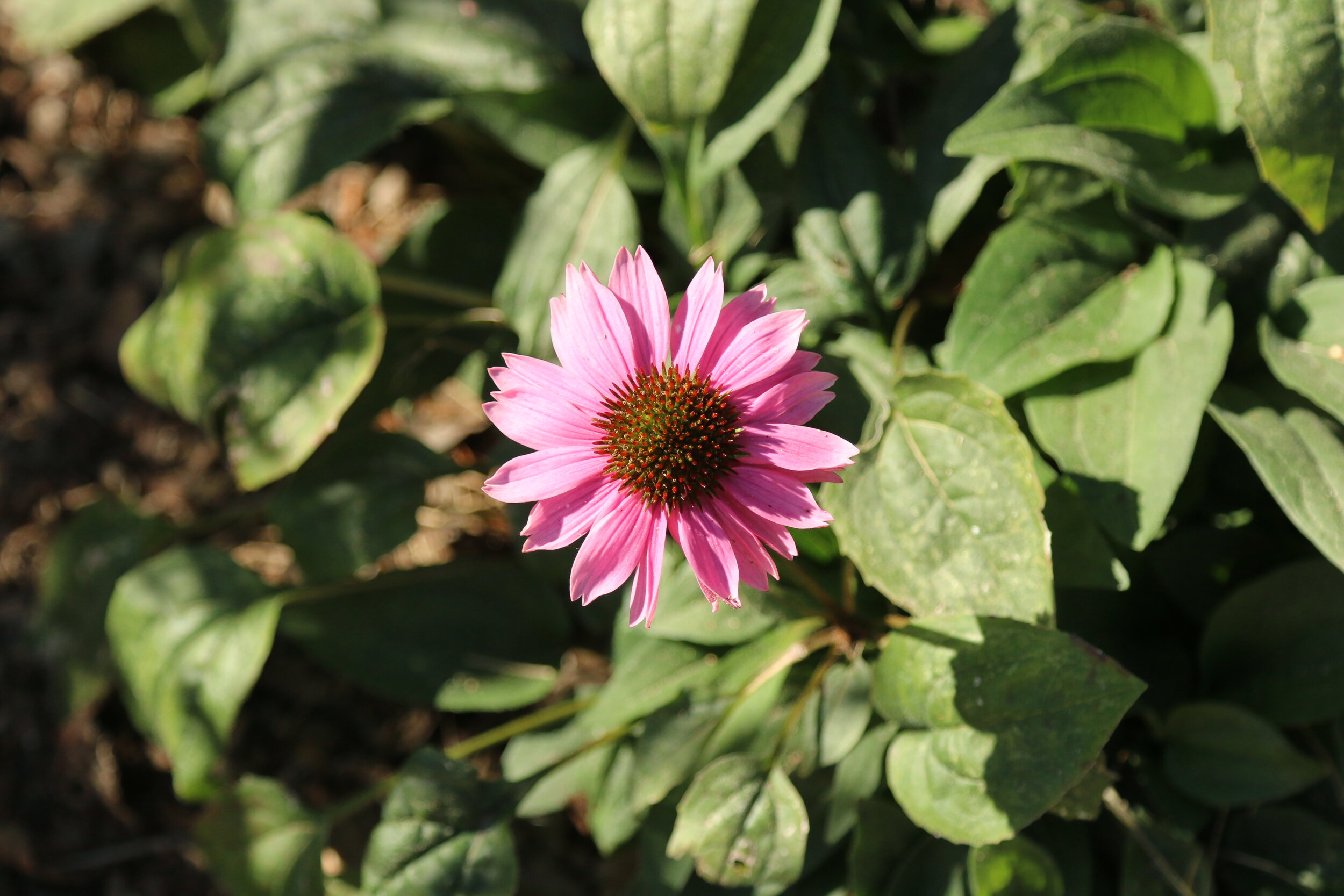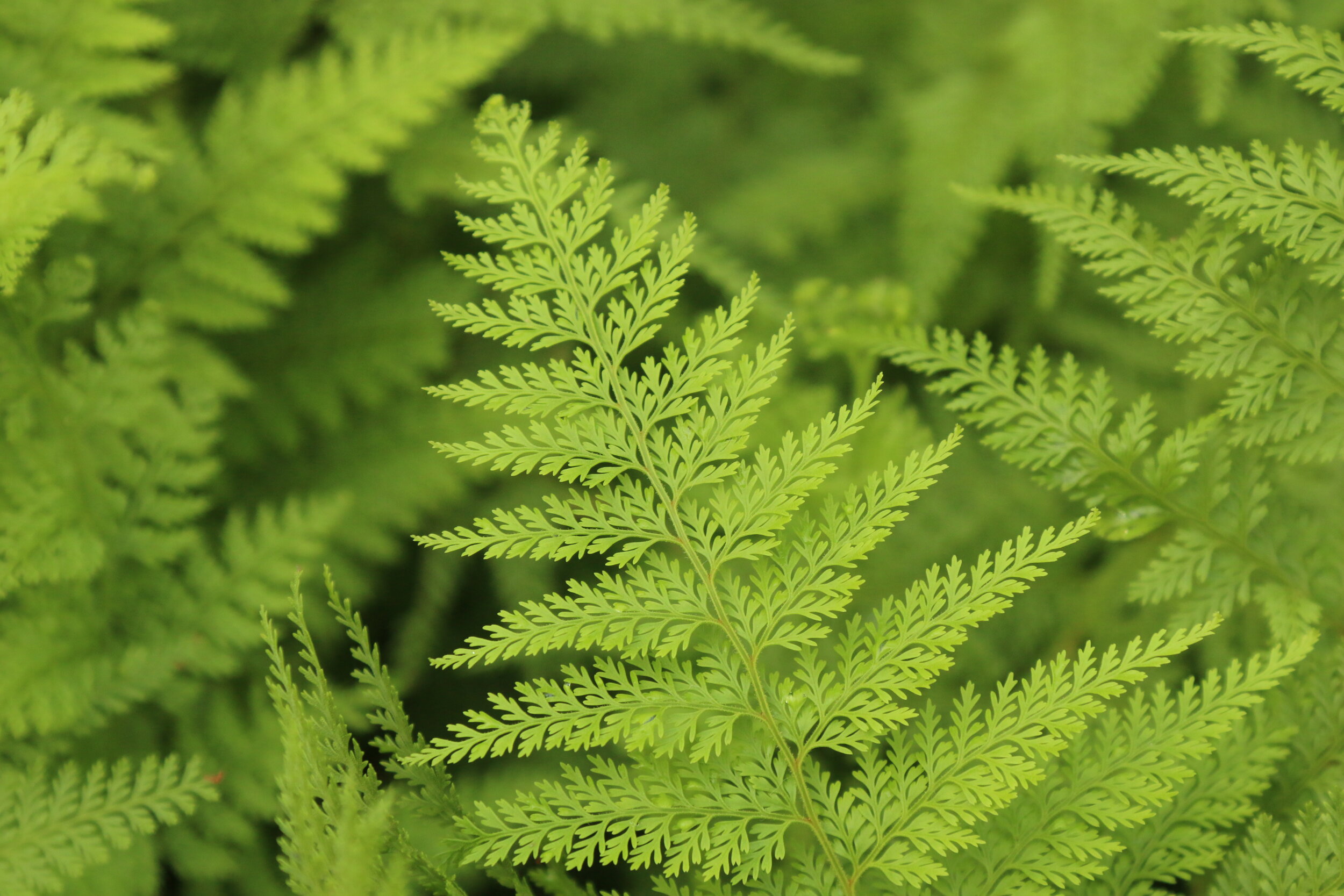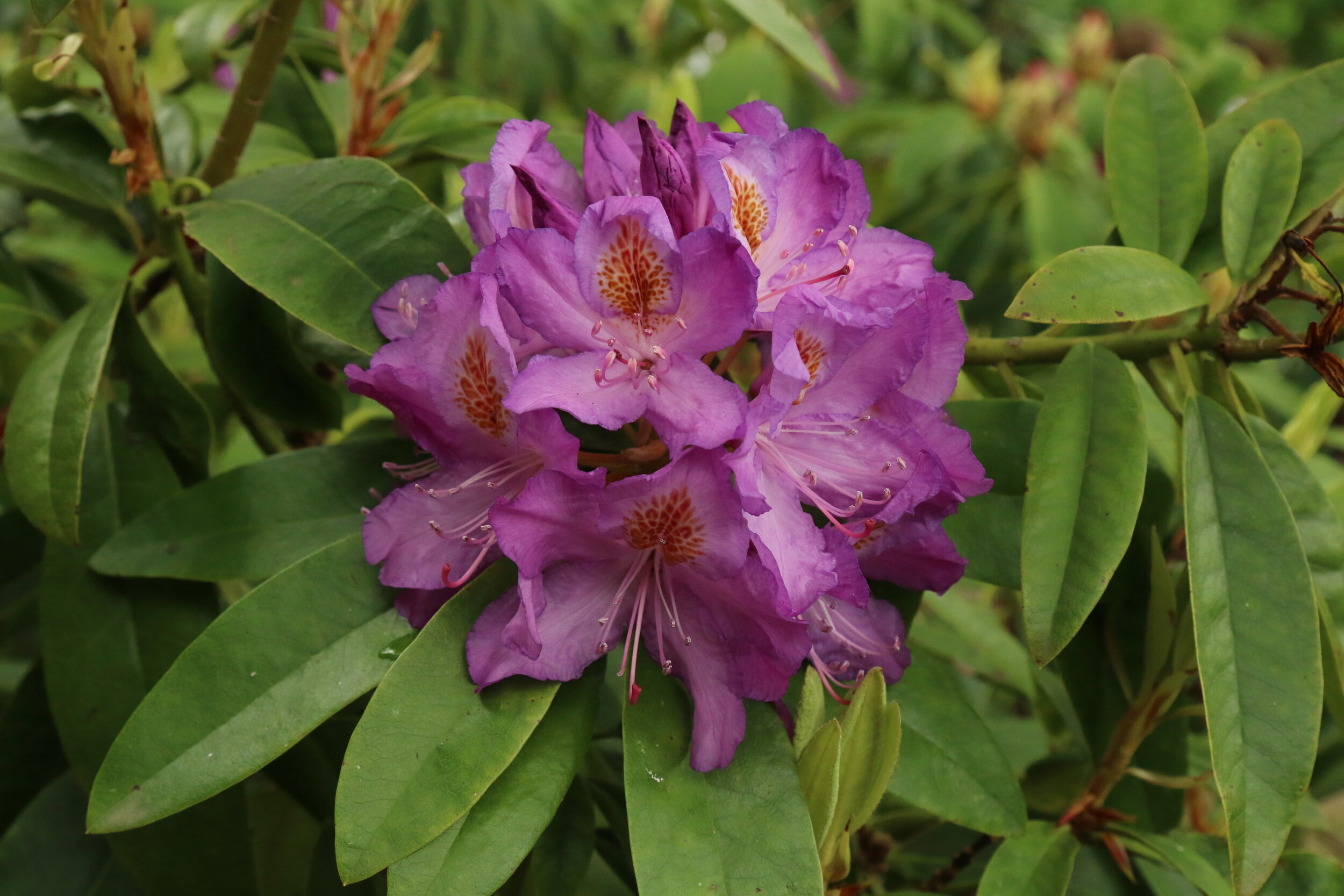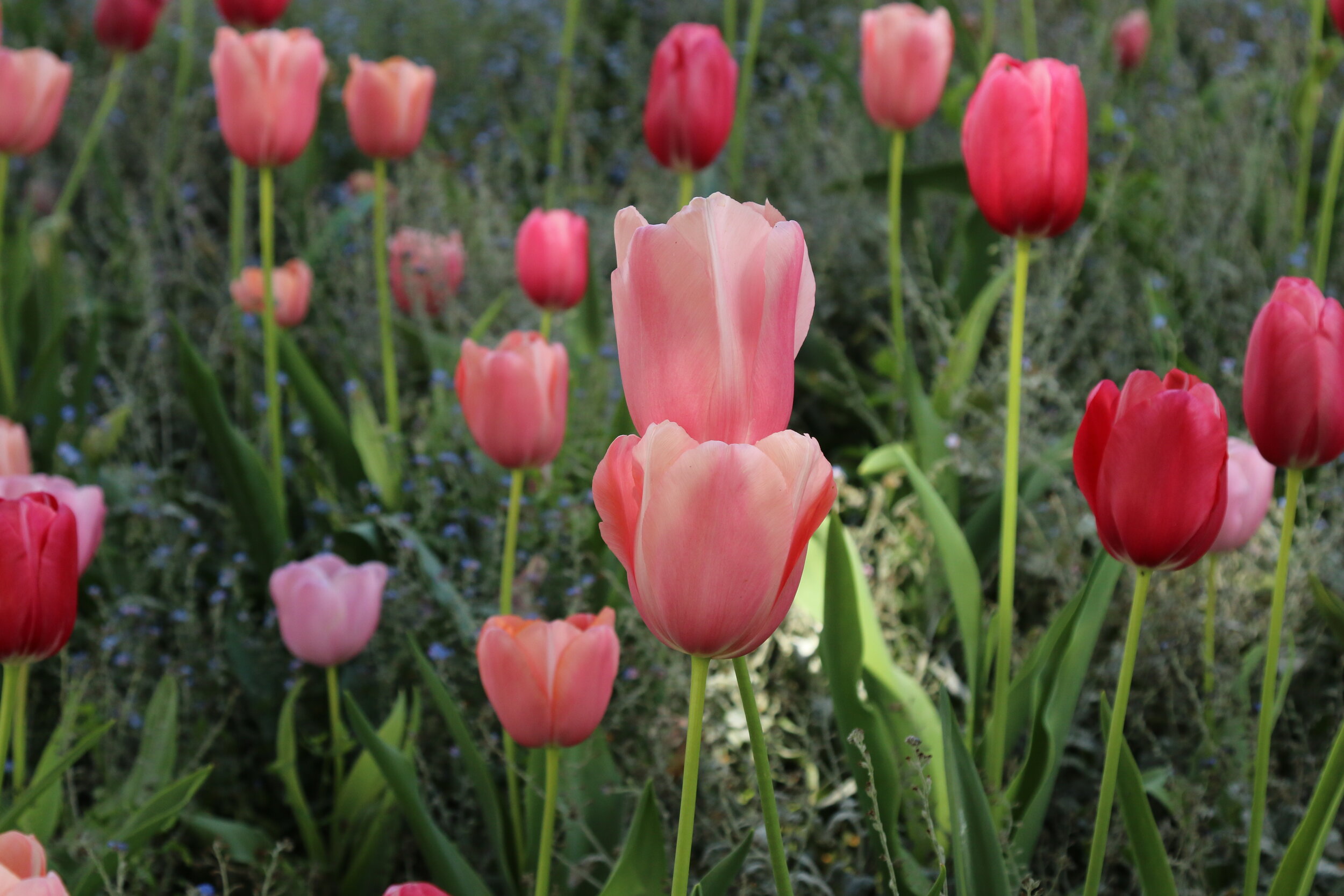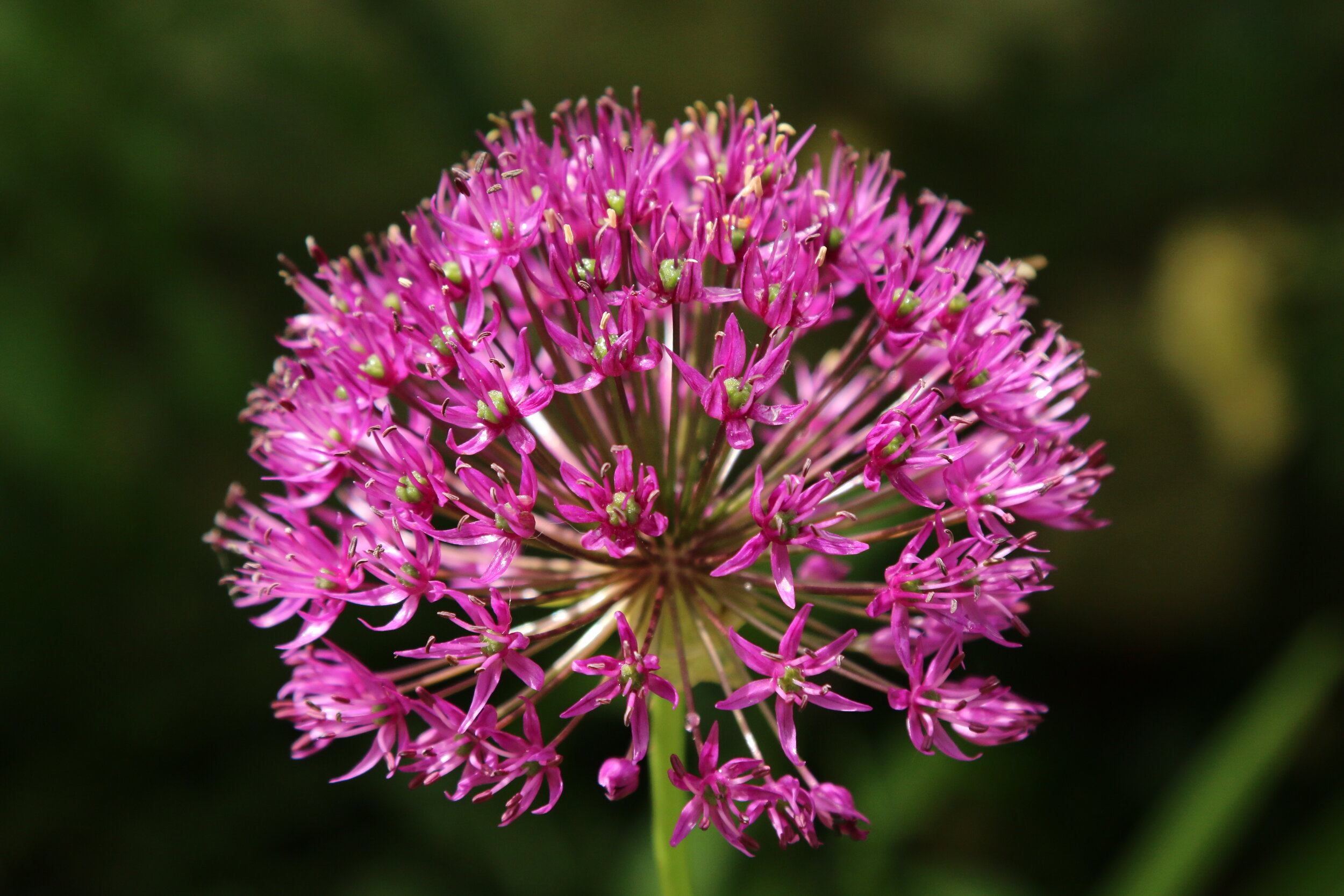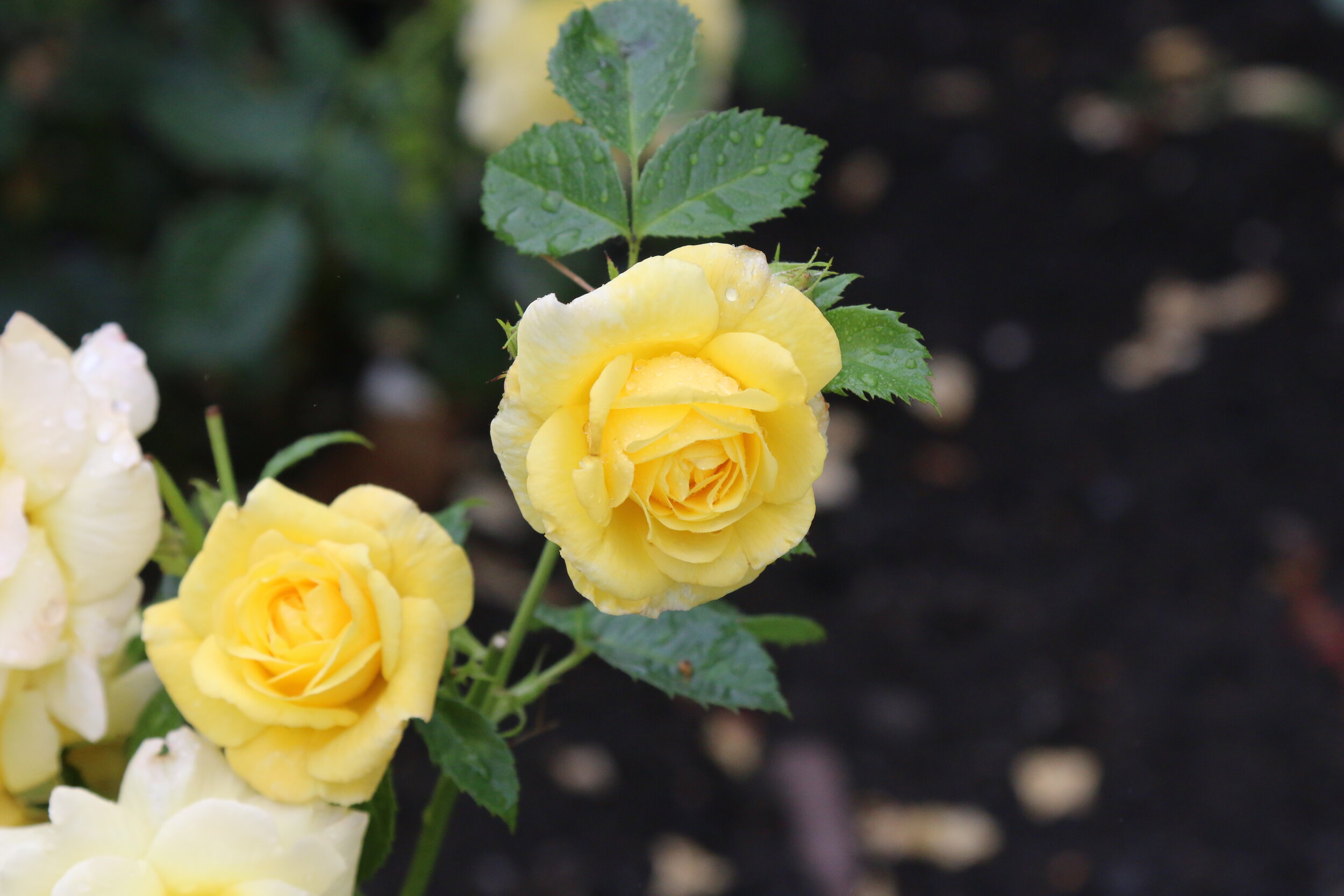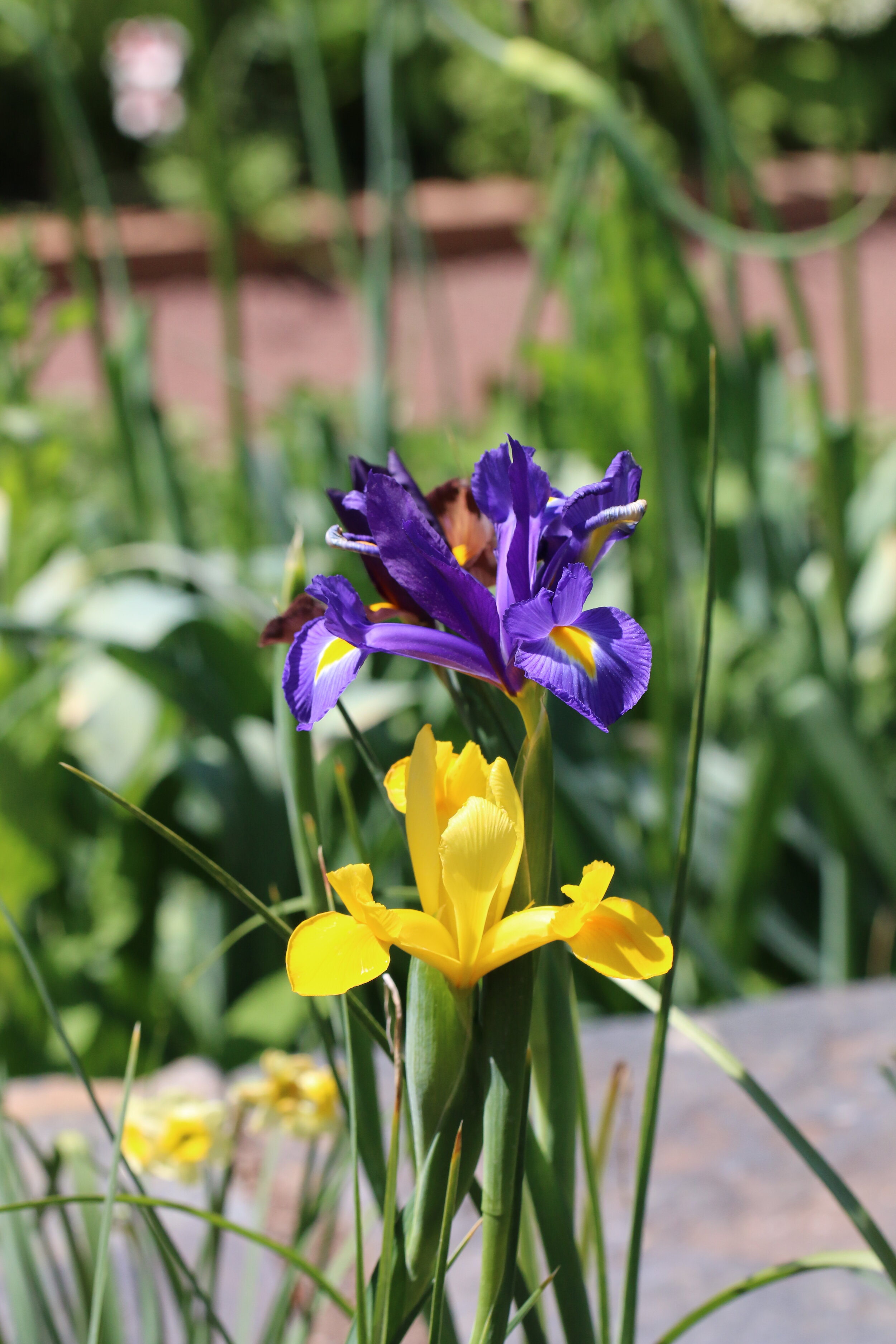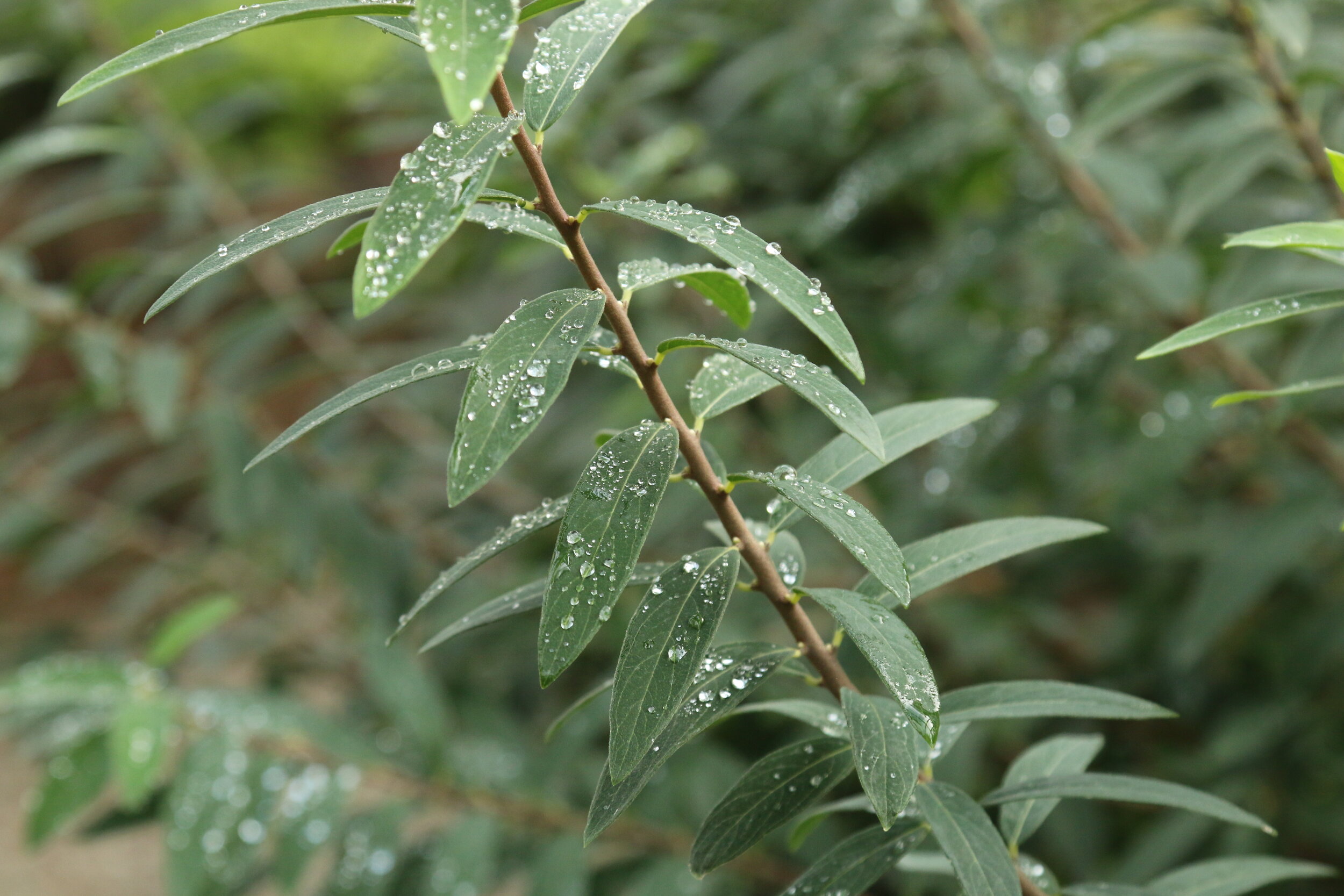Why Dye Naturally?
Photos Courtesy of Donna J. Friend
Artisans have used what is found in their environment to add color to cloth for thousands of years. It is only since the mid 1800 that the textile industry turned to synthetic dyes. Natural dying is as much an art as it is a science. Colors can be coaxed from many different renewable, non-toxic and natural sources. The plants around us provide the largest range of natural colors: leaves, flowers, roots, berries, nut seeds, wood, bark, fungi, lichen and even bugs! The color is achieved from natural dyes because it is made up of particles of varying colors. Once the fabric is prepared for dyeing it will soak up the color. Manipulate any of the elements of dyeing and you can alter the color.
Every bag or tote starts out as a piece of linen. Linen is known as the world’s strongest natural fiber and is far more durable than cotton. The strength of the fiber directly contributes to the strength of the fabric from which our bags and totes are constructed. Environmentally friendly, ethically sourced is becoming increasingly popular. Linen inherently falls in this category because flax plant cultivation is by far more sustainable than that of cotton. The flax plants are very resilient, can grow in poor soil, and requires very little water. Every single part of the flax plants is then used in making all types of products, from linen fabric to varnishes. Linen fabric is also recyclable and biodegradable, meaning you won’t be adding to the growing piles of textile waste all over the world. That has always been our business mode
Once we have selected our piece of fabric, into the scouring pot it goes. We scour our fabric in boiling water with soda ash and washing up liquid. Once scoured and rinsed, it spends some time in a wheat bran bath. This helps to break down any remaining starch that might have been in the fabric. Then off to a tannin bath. Each tannin has its own characteristics and some add a very subtle color to the linen. After we have soaked our fabric in the tannin bath off it goes to a bath of Alum and soda ash which acts as a mordant. Finally, it is time for a dye bath. Natural dyes are not like paints: dyes combine with fibers to give character and personality, depth and texture. They do not produce a uniform, even, shade. It is these variations that give an added dimension and excitement to natural dyes. . The colors will alter when you change the dyeing conditions, tannins and mordant. As you can see it is not a quick process and often will take a week from start to finish to dye just one piece of linen.
We never know which bag or tote design we are going to make until the dye process is finished and we can see the end result. We let the color of the fabric determine the bag rather than the other way around. We dye our linen in 20 inch pieces. This accounts for shrinkage and reduces fabric waste to almost nothing. We choose to never over produce and are always thinking of ways to create something with what is left.
